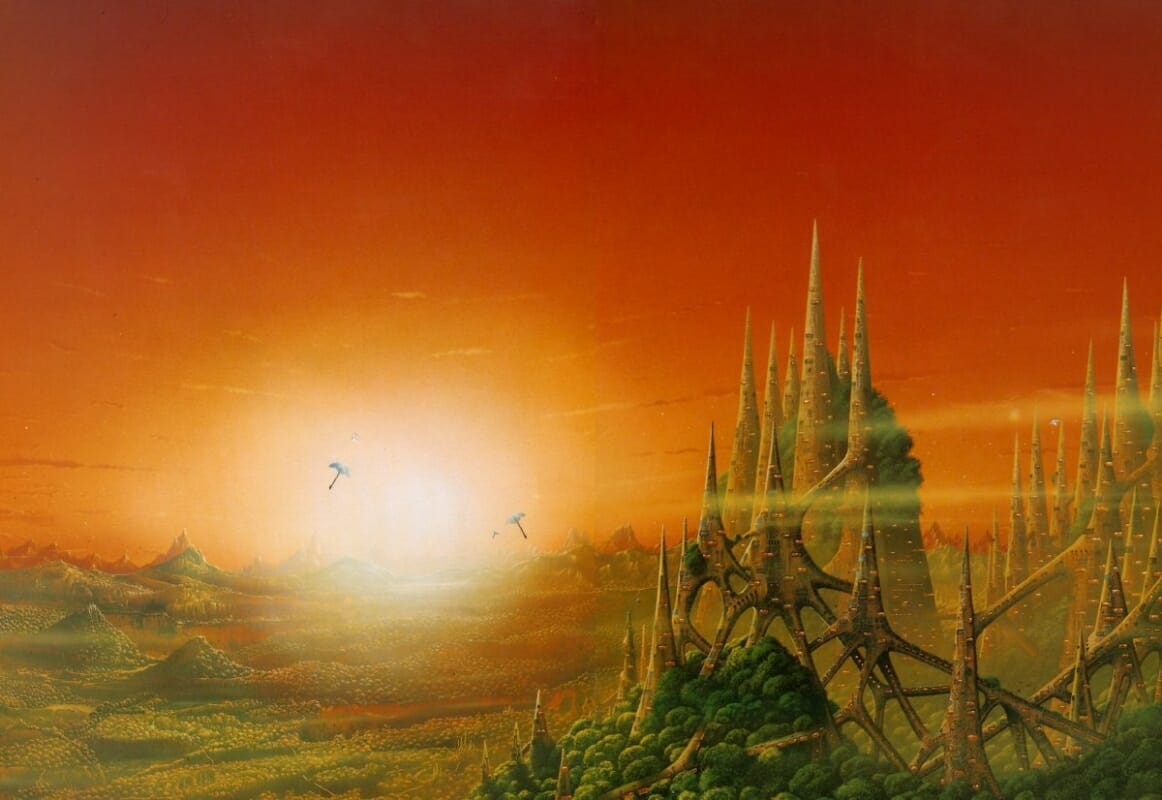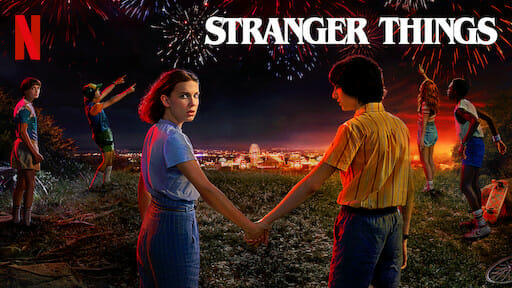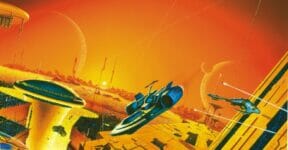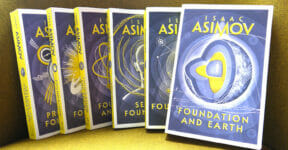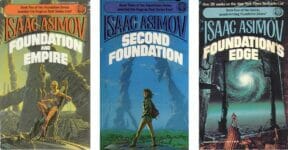Isaac Asimov’s Foundation series comprises mainly seven books, added with another prequel trilogy written by other authors authorized by his estate after his death. Foundation’s Edge is the sixth book in the chronological event in the series and the fourth to be published, three decades after the trilogy to pick up where it left off.

The novel focuses on the search for the supposedly fallen Second Foundation, which leads to a quest for the origin planet of humans: the Earth. Here is a concise plot summary.
Second Foundation, Gaia, and Earth
It has been over 400 years since the establishment of the First Foundation on Terminus by Hari Seldon. Following the demise of the old Galactic Empire and with the presumably destroyed Second Foundation, the First Foundation is enjoying a glorious era of prosperity. Harla Branno, the current Mayor of Terminus, rules the government during a time of political and economic stability.
Behind the peaceful state, however, there is ongoing albeit limited concern over the existence of the remnants of the Second Foundation. During a council session, a former Navy officer named Golan Trevize raises questions about the matter and proposes the idea that not only is the Second Foundation flourishing, but in total control of the galaxy. After all, both the First and Second Foundations are two key elements in the great Seldon Plan.
Mayor Branno believes just about everything Trevize says, but she cannot admit it in public because of political reasons. To keep everybody pleased, the Mayor of Terminus responds by sending Trevize into exile as a pretense to give him the opportunity to investigate their suspicion. It is a politically clever reaction because she can simultaneously keep Trevize away from the council to maintain peace and simultaneously take a precautionary measure to clarify uncertainty. Janov Pelorat, a professor of Ancient History, and Councilman Munn Li Compor will come along with Trevize on the journey. Branno has no idea that Compor is an agent of the Second Foundation in disguise.
Starting from this point, Golan Trevize and his teammates take center stage as major characters. Foundation’s Edge is a chronicle of Trevize’s journey to the other end of the galaxy. Trevize is almost like Seldon in the sense that he has a strong intuitive mind and the ability to draw the right conclusions despite being deprived of complete information. It is during the journey that the mythologist Pelorat reveals his fascination with Earth.
Second Foundation does still exist, and by design, no one in Terminus can know that it is on Trantor, the former capital of the old Galactic Empire. And just as the First Foundation is dreaded by the image of a deliberately concealed existence of the Second Foundation that controls events all across the galaxy, things are not that much different on Trantor. For a while now, there has been a growing and distressing thought among some Members of the Council (of the Second Foundation) that another yet even greater power is manipulating the Seldon Plan.
A young intellectual named Stor Gendibal brings evidence to the First Speaker Quindor Shandess to support the claim. Gendibal shows how the brain of Sura Novi—an ordinary farmer on Trantor—has been altered beyond the capabilities of Second Foundation’s power; such a change is of an unknown origin, certainly by a more advanced one. Presented with the evidence, Shandess sends both Gendibal and Novi to track down Trevize’s flight. It will not be too difficult thanks to intelligence sent directly from the spaceship by Compor.
By now, Trevize has agreed with Pelorat to try to find Earth. The only problem is that all written records that mention Earth have been erased or removed from the Galactic Library. According to Pelorat, a planet known as Gaia might give some clues. He says that “Gaia” is an ancient word for Earth. So now the two search missions, from the First and Second Foundations, will inevitably bump into each other on Gaia.
Trevize discovers that all things on Gaia, both living organisms and inanimate objects, form a single planet-wide consciousness. On the other hand, Pelorat falls for a Gaian woman named Bliss. The second search party catches up quickly. Gendibal is greeted by the First Foundation spaceship, leading to a power stalemate. A shocking revelation surfaces when Novi uncovers her true identity as an agent of Gaia. Even after she joins the battle of mental power, the stalemate remains.
Bliss explains to Trevize how all the events unravelling at the moment are all parts of Gaia’s elaborate plan and that he only has the power to decide the fate of the galaxy. Only Trevize possesses the mental capacity to determine whether the galaxy should be ruled by the First Foundation, Second Foundation, or Gaia. If he chooses Gaia, the entire galaxy will be in the future truly united in a single consciousness. Trevize eventually takes the side of Gaia, but he insists on continuing the mission to locate the Earth. He believes the planet holds the last piece of information he needs to determine the future of the galactic civilization.
We think Foundation’s Edge can seem a little too detached from the trilogy to some extent. Although it is indeed an unanticipated continuation of the story on Asimov’s part, the addition of Gaia almost completely contradicts the original Seldon Plan, i.e. the co-existence of the First and Second Foundations to lead the galaxy to peace. The former rules with technological superiority and plutocracy, whereas the latter handles the social and psychological sciences to control the masses. Gaia, being the superior entity to the two Foundations, nearly renders the trilogy pointless. But then again, it is not unusual for a sequel to introduce something new to the established plot events. The result is not unexpectedly a slow start, although the drama that unfolds as the story goes is as gripping and engaging as ever in the series.
Have you read the Foundation’s Edge? Do you think the sequel strengthens or weakens the trilogy? We’d love to hear from you.
Other things you might want to know:
Why the sequel novel took so long for Asimov to write?
The Foundation series was initially meant only as a trilogy. Asimov had no intention to write a sequel, but he eventually gave in to the pressures from fans and editors to continue the series.
Did it receive any award?
Foundation’s Edge was the first of Asimov’s novels to enter the list of The New York Times best-seller. In 1982, it was nominated for Nebula Award in the Best Novel category. The following year, Foundation’s Edge received the Locus Award for Best Sci-Fi Novel and a Hugo Award for Best Novel.
How many novels in the sequel series?
There are two novels in the series. Events in the Foundation’s Edge continue in Foundation and Earth.
Check out other articles by month:

